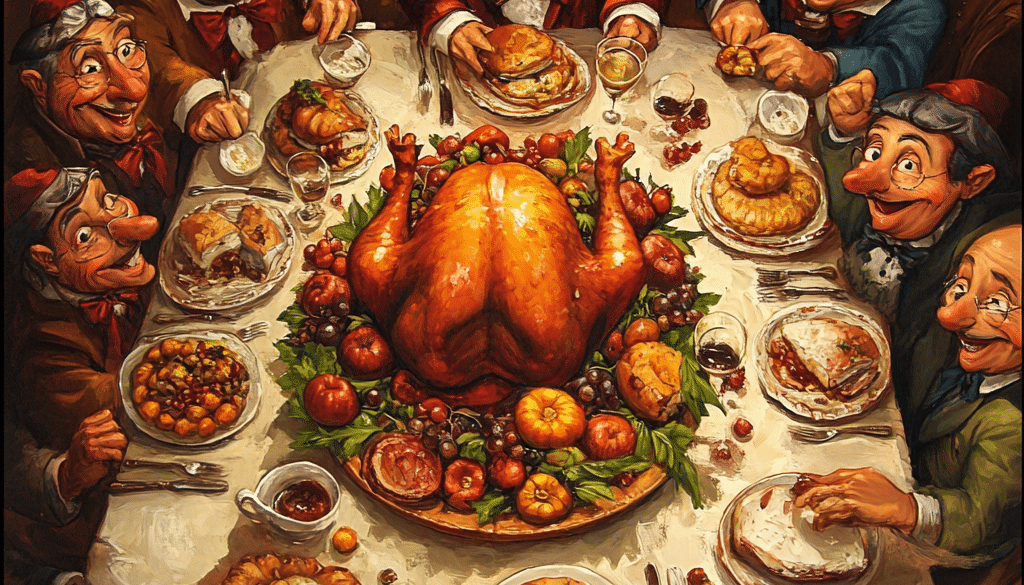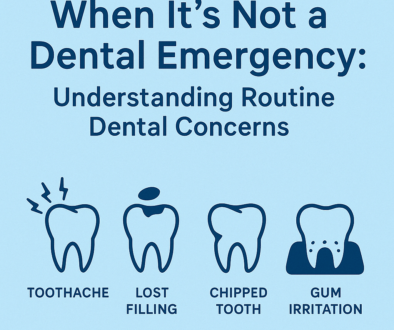Toothbrushing and Thanksgiving: A Historical Journey
When we gather around the Thanksgiving table, we often think of crisp autumn leaves, harvest feasts, and a long tradition stretching back to the Pilgrims and the Wampanoag people in 1621. We think of turkey and stuffing, of gratitude and family, of history and a shared American story. Less often do we consider how people cleaned their teeth back then—and yet, the evolution of toothbrushing can tell us a surprising amount about how far we’ve come since that early celebration of abundance and thanks.
A World Before Toothbrushes:
Long before the first Thanksgiving took place in the New World, humans cared for their teeth using rudimentary tools and natural cleaning methods. In ancient civilizations—Egypt, Babylon, and even pre-contact America—people brushed their teeth using frayed twigs, salt rubs, or crushed herbs. Dental powders, often made from charcoal, shells, or ground animal bones, functioned as an early form of toothpaste. While the Pilgrims and Wampanoag may not have had synthetic bristles and mass-produced brushes at their disposal, personal hygiene still mattered, especially in close-knit communities where illness could spread quickly.
The Roots of Thanksgiving (and Tooth Decay?):
The first Thanksgiving in 1621 was a modest affair compared to our modern interpretation. The menu likely included venison, wild fowl (not necessarily turkey), corn, squash, and perhaps cranberries—not yet in sweet sauce form. The Wampanoag and the English colonists each brought their own traditions of food preparation and consumption. Amid this cultural exchange, it’s intriguing to imagine what tooth cleaning looked like. Without refined sugar, tooth decay was less rampant than it would become in the centuries after sugarcane trade boomed. However, small particles of maize and other starchy foods could still lodge in teeth, and over time, lead to dental issues. Likely, a twig or fibrous root was chewed at the end of the meal, serving as a primitive “brush.”
From Handmade to Mass-Produced: How the Toothbrush Evolved
Fast-forward a century or so, and while Thanksgiving festivities were still not widely celebrated across the colonies (the holiday wouldn’t become an official national holiday until 1863, under Abraham Lincoln’s proclamation), personal hygiene practices were shifting. Europeans had long been experimenting with bone-handled brushes and hog bristles. By the late 18th century, Englishman William Addis is often credited with creating one of the first modern toothbrushes using a bone handle and swine bristles. Such brushes made their way to the colonies, but they were expensive imports and likely considered luxuries.
After the Revolutionary War, Americans gradually developed their own domestic industries. Toothbrush production in the States began to pick up, albeit slowly, throughout the 19th century—just as the idea of Thanksgiving as a unifying national holiday gained traction, thanks in part to Sarah Josepha Hale’s persistent campaigning. While President Lincoln’s 1863 proclamation officially set the last Thursday in November as a day of thanksgiving, toothbrush manufacturing in the U.S. was also on the cusp of significant growth. By the late 1800s, celluloid handles and boar-bristle brushes were becoming more widely accessible, and advertisements for dental powders and “tooth soaps” started cropping up in newspapers.
An Age of Innovation: Thanksgiving and Toothpaste Tubes
By the early 20th century, as Americans embraced modern conveniences and Thanksgiving feasts expanded to include more refined sugar and an array of sweet desserts, dental hygiene needed to keep pace. The introduction of nylon bristles by DuPont in the 1930s revolutionized toothbrush production—just as the holiday was solidifying with iconic dishes like candied yams and cranberry relish. As these sugary staples found their permanent place at the Thanksgiving table, toothbrushes and toothpaste technology improved dramatically. Toothpaste tubes replaced jars of tooth powder. Nylon bristles replaced animal hair, giving a more consistent and hygienic cleaning experience. Dentists, professional dental care, and public health campaigns became increasingly common. Holiday indulgences demanded better everyday care—and Americans rose to the challenge.
A Modern Feast and a Modern Smile
Today, many of us celebrate Thanksgiving by tucking into carb-heavy feasts, sugary pies, and an assortment of treats unthinkable to early colonists. Every year, alongside gratitude, family, and community, there’s the unavoidable aftermath: the sticky film lingering in our mouths after a lavish meal. Fortunately, modern toothbrushes, with ergonomic designs, electric variants, and scientifically formulated toothpastes, help us maintain our oral health with ease. After the last slice of pumpkin pie is savored, we know we can restore our pearly whites to a state unimaginable to the Pilgrims.
Giving Thanks for Oral Health
Toothbrushing and Thanksgiving may seem, at first glance, entirely unrelated. But their histories both tell a story of evolving American identity, cultural exchange, and the adaptation of traditions—culinary and hygienic alike. The same country that gradually embraced a national day of gratitude also embraced mass-produced toothbrushes, innovative dental technologies, and public understanding that good oral hygiene is a cornerstone of overall health.
So, this year, as you finish your meal and push back from the table, give a nod to history. Then reach for your toothbrush, marvel at its centuries-long journey, and remember that good habits, like gratitude, transcend time.




